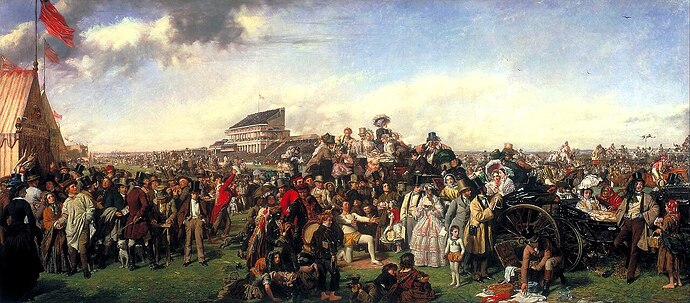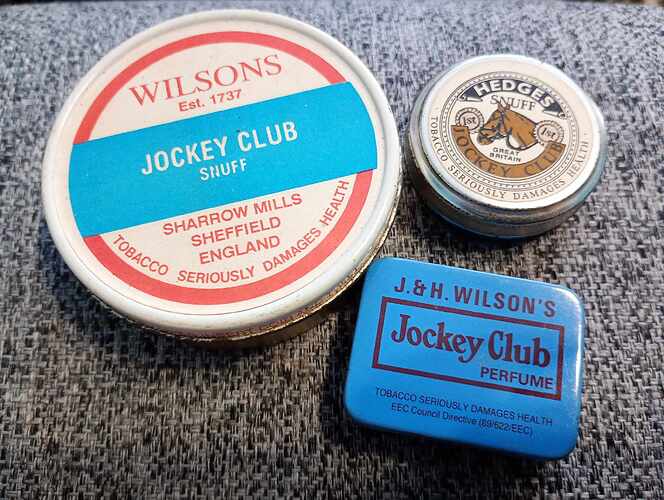I never visited Morlaix on the coast of Brittany but the genuine tabac à priser was once available all over France, sold in light brown waxed paper parcels which as memory serves, was about 250 grams in weight.
Interestingly in each town and village the tobacconist was often opposite a stone effigy of Poilu in varied heroic poses, commemorating that town’s loss in the share of 1,300,000 Frenchmen killed during the Great War of 1914-18.
It was an all-natural snuff with no added scents, coarse, dark brown and very pungent with tobacco flavour – nothing like the fake Morlaix sold under the Fribourg & Treyer label today.
The closest snuff in flavour was Samuel Gawith’s ‘London Brown’ but the Morlaix, while still coarse, was a more evenly textured and slightly drier snuff which made it easier to take in large quantities.
Below is a potted history of the snuff and tobacco industry at Morlaix which may interest some here. All production came to an end in 2004, alas. Even something as Gallic as Gauloise, is now manufactured in Alicante in Spain.




